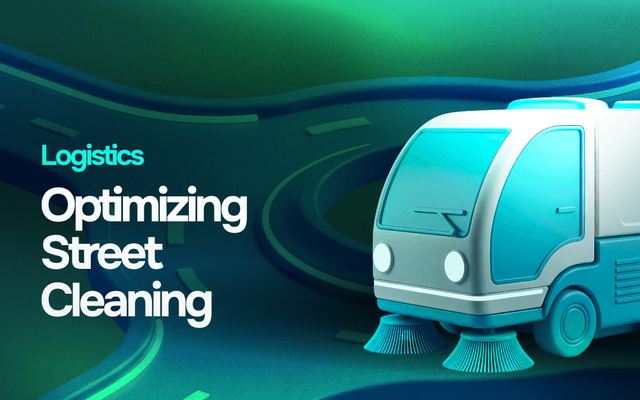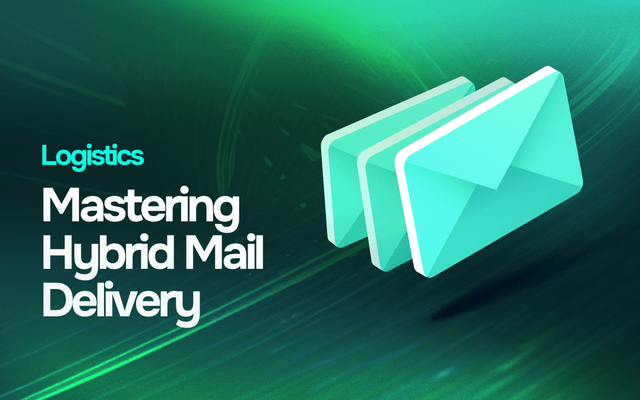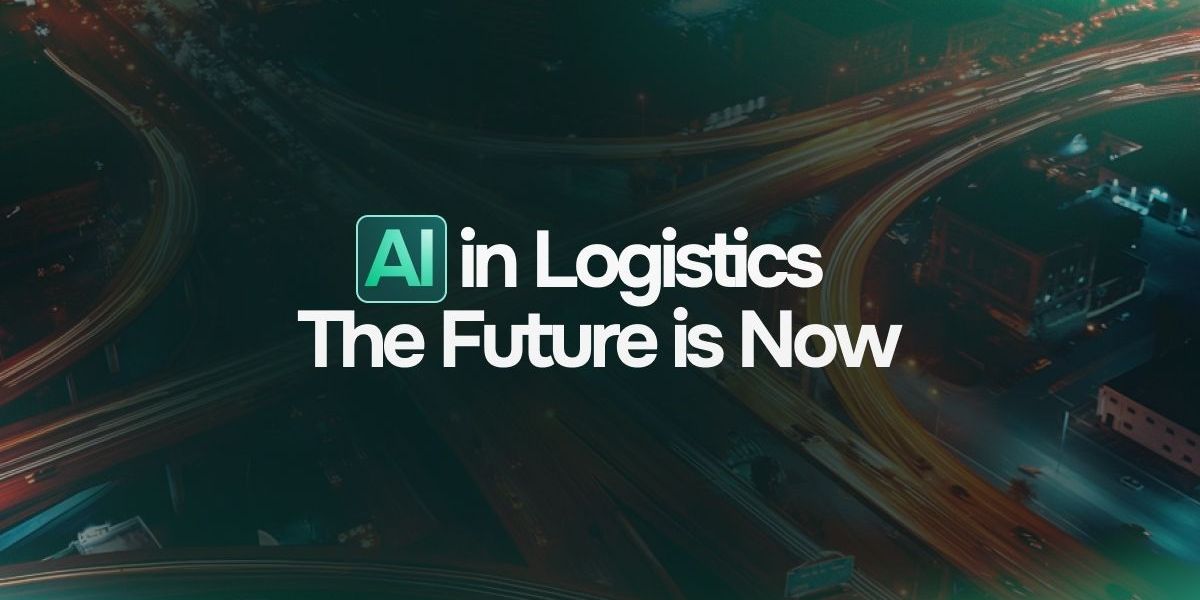
Lilo and Stitch, the 2025 live-action remake, turned into the expected merchandising frenzy most companies were banking on. But not quite the way they had thought. While all eyes were on Stitch—the wild blue CGI alien—an AI system, months before release, flagged something different. It predicted that Lilo, the young human character, would hit a chord, and an empathic one at that, with audiences, especially young girls. Strange? Maybe.
But it was spot on. Another AI, working from this insight, noticed that Lilo-themed merchandise was thin on the ground. Millions of Stitch-based toys, but only a limited number of Lilos. Based on historical sales data, trend velocity, and social sentiment, it predicted the dolls would fly off the shelves.
Distributors got the update and went ballistic — they acted fast and with an ambitious heart to hoard whatever had the Hawaiian girl on its box —they stocked up on products like the Disney Animator Lilo dolls, and planned logistics with that goal in mind. When the movie dropped and demand went through the roof, they were ready. Not because they guessed, but because they used AI to read the signs in advance.
It’s a quirky example, sure. But this kind of prediction is now part of a wider transformation happening across European logistics, and not just in that region, especially in shipping and delivery. Let’s get into how AI is actively reshaping delivery route optimization across the continent.
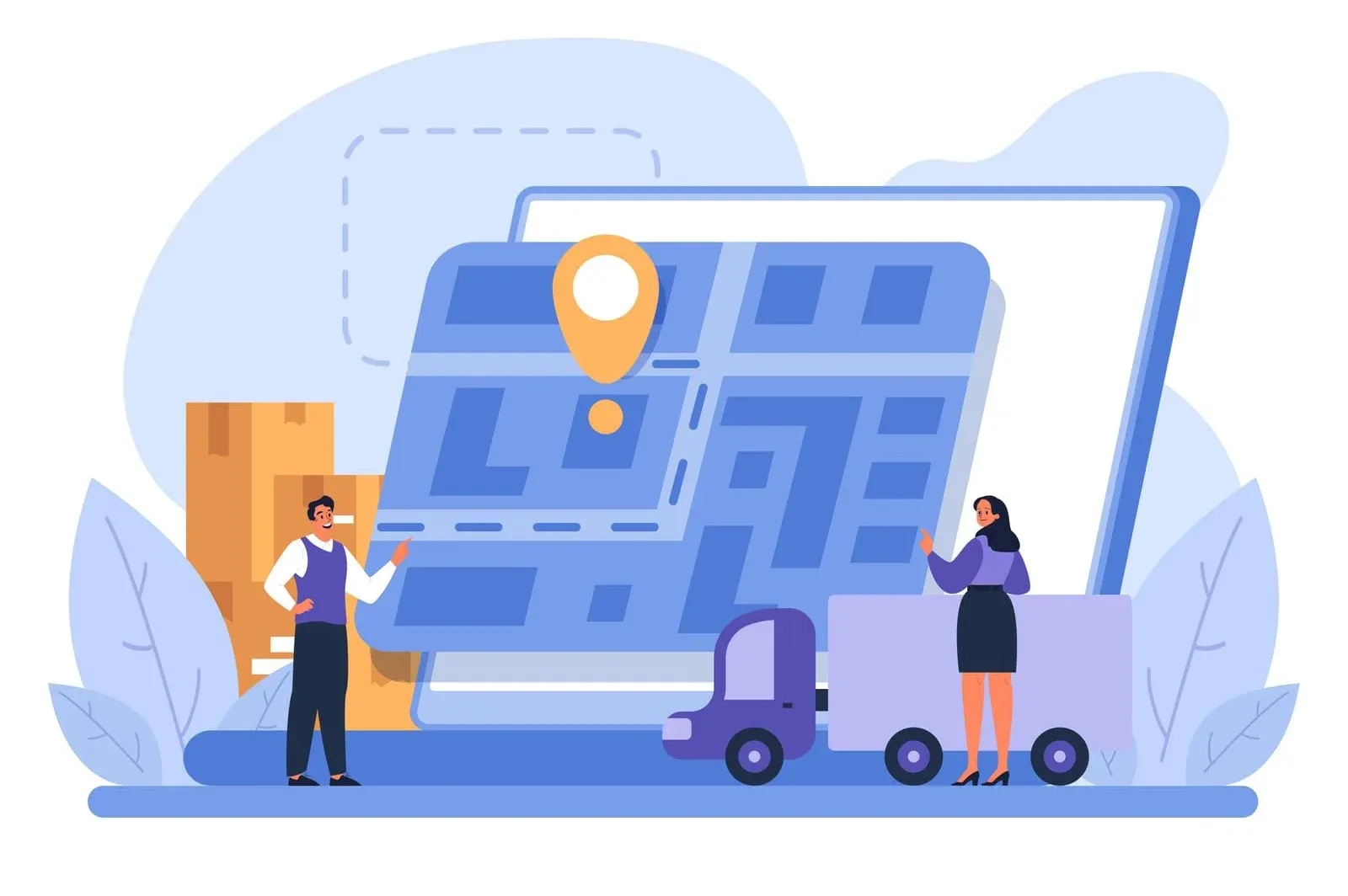
Why Delivery Route Optimization Is Crucial in Today’s Europe
Shipping in Europe is complex. It’s unique. It’s a beast unto itself. From London to Berlin, logistics teams have to navigate a buffet of urban congestion, country-specific regulations, and a demand for green, on-time deliveries. Toss in fuel prices that are volatile and labor shortages, and you’ve got a sector in need of smarter, faster, leaner solutions.
In this ecosystem, delivery route optimization has rapidly become a basic survival tool.
Take fuel prices: in Q2 2025, EU averages hover around €2.03 per litre, which is no small operational burden for fleets running thousands of kilometers per week. Congestion adds to the pressure. In cities like Rome, Brussels, and Paris, average urban delivery speeds have dropped below 18 km/h during peak hours. That’s a full 12% slower than in 2019.
And that’s before we get to low-emission zones, time-restricted delivery windows, and the last-mile chaos of dense city centers.
Static Route Planners Can’t Handle This
Many companies still use static routing tools—scheduling deliveries based on historical data or fixed weekly plans. That’s fine in theory and in the books. But in practice, on the road and where it counts, it leaves no room for the unexpected.
Roadworks, traffic jams, surprise weather events, and last-minute order changes—these aren’t edge cases anymore. They’re daily realities.
This is why many companies are now turning to AI-powered delivery route optimization software — and how those algorithms are proving their worth. It processes real-time data from multiple sources, including GPS, traffic feeds, customer input, and even weather models. It evaluates constraints dynamically: vehicle capacity, driver hours, restricted zones, and priority deliveries.
Instead of trying to predict everything in advance, AI reacts — It adjusts. And it learns from every route run before.
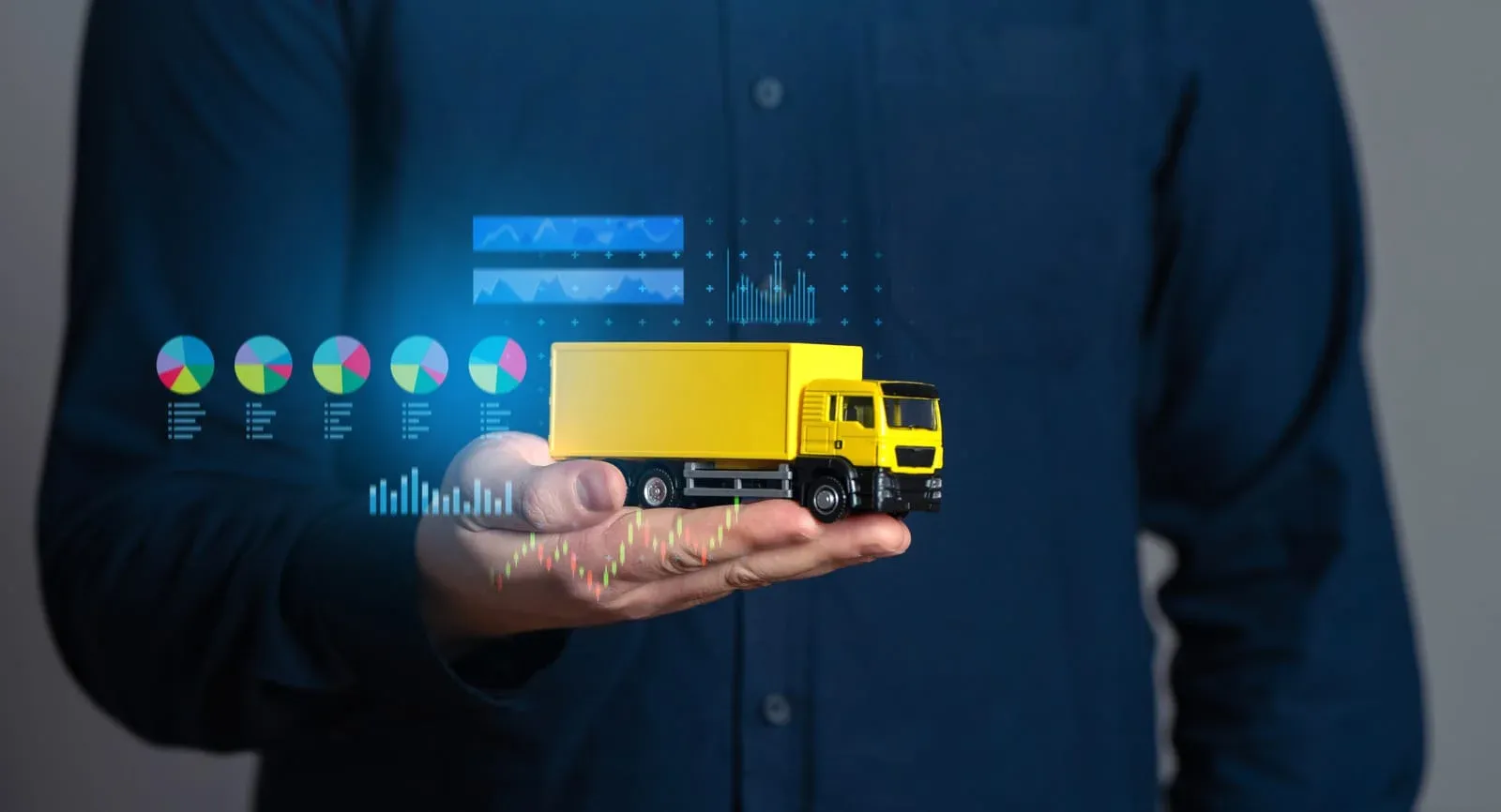
How AI Is Transforming European Shipping Routes
The AI boom in logistics isn’t just hype—it’s a response to real, structural challenges across the continent. What separates AI systems from traditional route planners isn’t just speed, but adaptability and refinement over time.
Europe’s Patchwork: A Route Planner’s Nightmare
Let’s break it down. In Europe, logistics teams face:
Narrow, historic streets where large vehicles can’t operate (hello, Florence)
Multi-country trips involving customs, tolls, and multiple time zones
Delivery restrictions based on noise, emissions, or peak pedestrian times
Customer expectations that include narrow delivery windows and live tracking
That’s a tall order for a human dispatcher. But AI thrives on variables.
Systems like those used by Onfleet, Wise Systems, and Bringg integrate real-time data streams to optimize delivery routes across these fragmented environments. Whether it’s choosing which driver to assign based on proximity and fuel efficiency, or dynamically rerouting when a protest blocks a major boulevard, AI reacts at scale—and with surprising accuracy.
Case Study: CMA CGM & Google—AI in Global Shipping
One standout example of AI-driven logistics comes from France’s shipping giant CMA CGM. In July 2024, CMA CGM announced a major partnership with Google, aiming to supercharge its global shipping operations with artificial intelligence.
Here’s what sets this apart: CMA CGM isn’t just using AI for route suggestions. The system actively optimizes delivery routes for its massive fleet, manages container handling at scale, and fine-tunes inventory control across continents and oceans. This level of automation allows the company to adapt instantly to port congestion, fluctuating fuel prices, and weather disruptions. The AI analyzes real-time data feeds, running complex calculations that would be impossible for any team of human planners to do at the same speed or accuracy.
The impact? Lower operational costs, smarter allocation of ships and containers, and a measurable reduction in carbon emissions. Their logistics arm, CEVA Logistics, has already rolled out AI-powered predictive planning for warehouses, minimizing idle time and maximizing delivery efficiency.
In short, CMA CGM’s embrace of AI is a real-world signal: the world’s leading shippers are betting big on data-driven decision-making. They’re not just making marginal improvements—they’re rewriting the playbook on how goods move across the globe.
Real-World Impact: DHL’s AI-Powered Route Optimization
DHL, one of Europe’s largest logistics players, has gone all-in on AI for delivery route planning. The company uses advanced algorithms to optimize routes in real time, factoring in live traffic, weather updates, vehicle capacity, and delivery priorities. This isn’t just about shaving off a few minutes—it means fewer empty miles, lower fuel consumption, and more reliable deliveries.
The results speak for themselves: DHL has reported up to 20% reductions in fuel usage and significant improvements in on-time delivery rates after adopting AI-powered route optimization. Their experience shows how investing in smart technology translates directly into efficiency, sustainability, and happier customers.
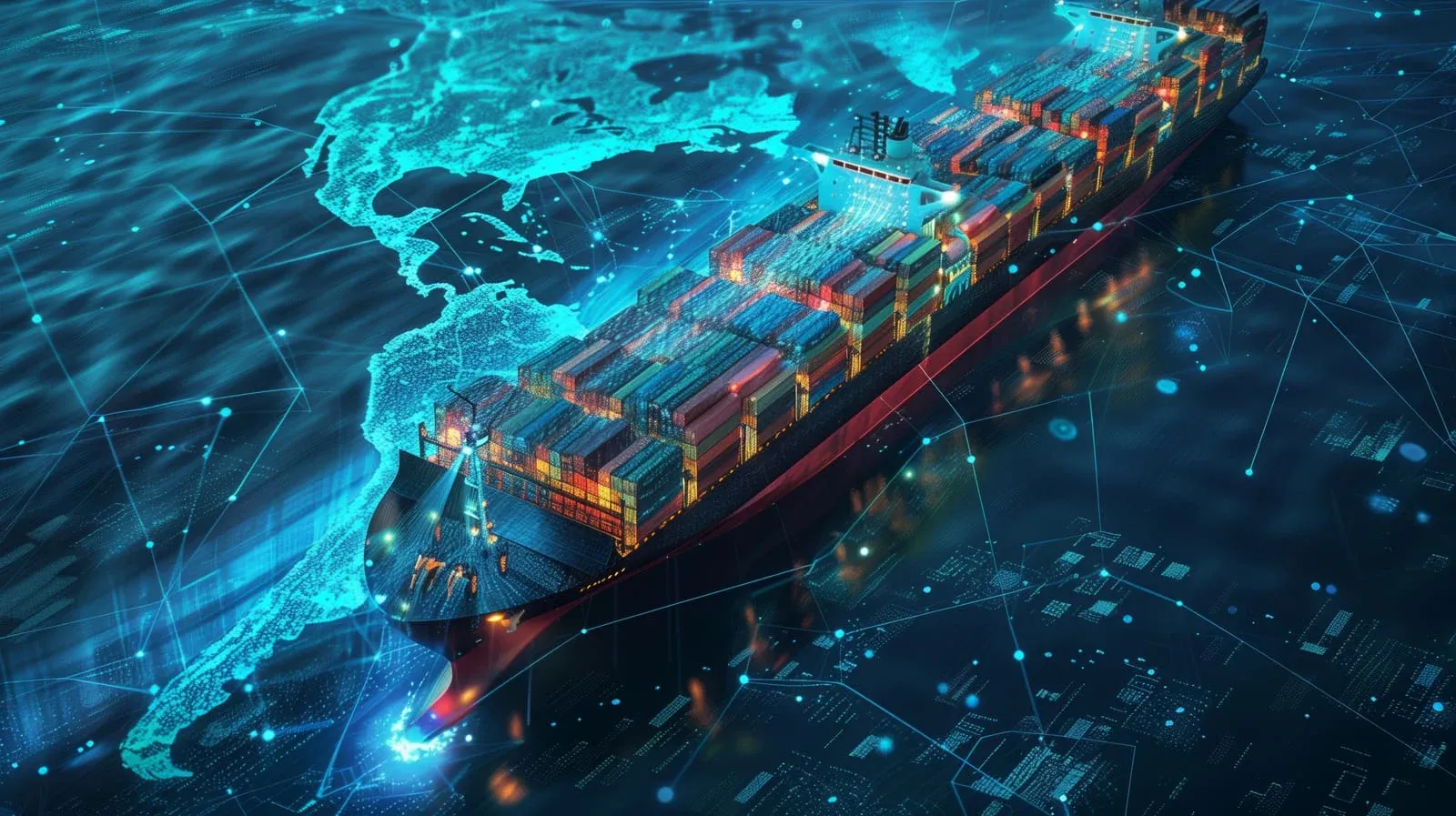
Benefits Beyond the Route: Why AI Isn’t Just a Tech Upgrade
What AI brings to routing goes beyond shaving a few minutes off a drive. Let’s look at some.
Operational Gains That Compound
AI helps logistics companies:
Reduce idle time and fuel use by grouping deliveries smartly
Optimize driver performance by analyzing historical behavior
Minimize failed deliveries by adapting to customer availability in real time
And because these systems learn as they go, the longer they run, the sharper they get.
Strategic Advantages That Scale
But the bigger wins come with strategy:
Seasonal surge handling becomes smarter. Whether it’s Black Friday, Easter, or a surprise Lilo doll boom, AI can flex fleet assignments and predict needed capacity.
Regulatory compliance becomes seamless. AI keeps deliveries within green zones, adjusts for electric vehicle range limits, and auto-generates data for emissions reporting.
Customer satisfaction climbs. Fewer missed windows. More accurate ETAs. Less uncertainty.
Companies using delivery route optimization software are more competitive, more sustainable, and are cutting out the fat.
The New Normal: Why AI Is a Competitive Necessity in 2025
All of this isn’t the future. It isn’t a maybe scenario. It's now— It’s already here.
Companies that optimize delivery routes with AI now enjoy better margins, lower emissions, and, more importantly, happier customers. It’s become indicative of good branding. Those that don’t? They face the possibility of becoming obsolete. Right now, it’s not just about staying up-to-date — it’s about becoming something better, efficient, and cutting out the fat.
Whether it's helping dolls reach kids as a new movie prepares to break the box office. AI is no longer an added tool—it's the infrastructure underneath modern logistics.
And the smartest companies in Europe already know it.
